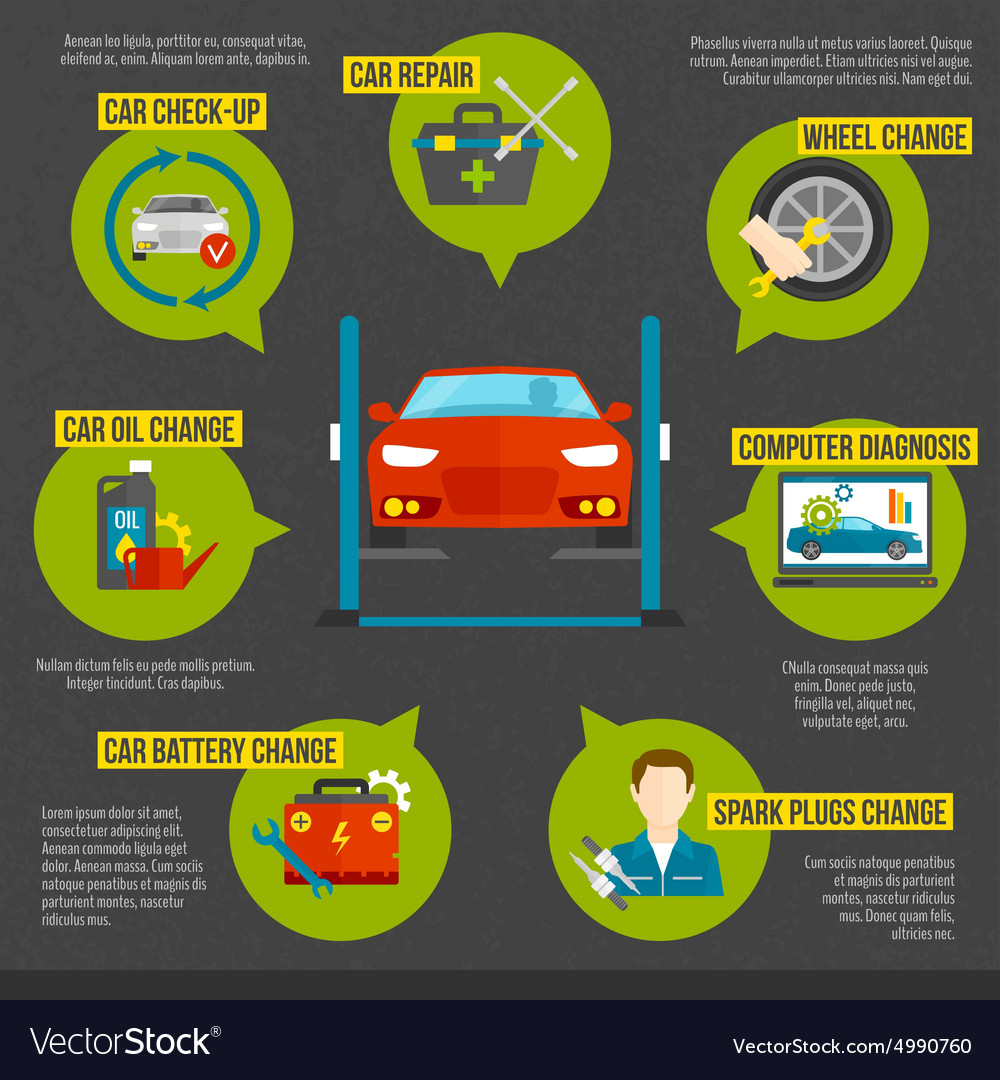Curious Regarding Those Control Panel Caution Lights In Your Car? Figure Out What They Indicate For Your Vehicle'S Health And Safety
Curious Regarding Those Control Panel Caution Lights In Your Car? Figure Out What They Indicate For Your Vehicle'S Health And Safety
Blog Article
Article Composed By-Samuelsen Shepherd
When you lag the wheel, those glowing caution lights on your dashboard can be a bit perplexing. Do you recognize what they're attempting to inform you regarding your vehicle's wellness? Understanding the importance of these lights is crucial for your safety and the longevity of your automobile. So, the following time one of those lights appears, wouldn't you want to decode its message precisely and take the essential actions to address it?
Common Caution Lighting and Interpretations
Determine common warning lights in your cars and truck and understand their definitions to ensure secure driving.
One of the most normal warning lights include the check engine light, which indicates issues with the engine or emissions system. If this light begins, it's vital to have your lorry checked promptly.
The oil stress alerting light shows low oil stress, needing immediate focus to prevent engine damages.
A blinking battery light might suggest a defective charging system, possibly leaving you stranded if not attended to.
The tire pressure monitoring system (TPMS) light alerts you to reduced tire pressure, affecting lorry stability and fuel effectiveness. Overlooking detailcarserviceauckland can bring about harmful driving conditions.
The abdominal light indicates a trouble with the anti-lock braking system, jeopardizing your ability to stop quickly in emergencies.
Finally, the coolant temperature level warning light warns of engine overheating, which can lead to serious damages if not resolved promptly.
Understanding these typical warning lights will certainly aid you attend to problems promptly and maintain risk-free driving conditions.
Significance of Prompt Focus
Understanding the typical caution lights in your cars and truck is just the first step; the relevance of quickly attending to these cautions can't be stressed sufficient to guarantee your security on the road.
When Recommended Internet page brightens on your dashboard, it's your auto's way of connecting a prospective issue that needs focus. Ignoring related webpage can lead to much more serious problems later on, jeopardizing your safety and potentially costing you more in repairs.
Prompt attention to advising lights can avoid malfunctions and accidents. For example, a blinking check engine light can indicate a misfire that, if left ignored, can cause damages to the catalytic converter. Resolving this promptly can conserve you from a pricey repair.
In a similar way, a brake system advising light could indicate low brake liquid or used brake pads, important components for your safety when driving.
Do It Yourself Troubleshooting Tips
If you see a caution light on your control panel, there are a few DIY fixing suggestions you can try before looking for specialist assistance.
The first step is to consult your vehicle's manual to comprehend what the certain caution light indicates. In some cases the issue can be as simple as a loose gas cap activating the check engine light. Tightening up the gas cap may fix the issue.
An additional common problem is a reduced battery, which can activate numerous cautioning lights. Examining the battery connections for rust and ensuring they're safe and secure could take care of the trouble.
If a warning light lingers, you can try resetting it by separating the car's battery for a couple of minutes and after that reconnecting it. Furthermore, inspecting your vehicle's fluid degrees, such as oil, coolant, and brake liquid, can aid repair cautioning lights connected to these systems.
Verdict
In conclusion, understanding your cars and truck's caution lights is essential for keeping your vehicle running efficiently and securely. By promptly dealing with these alerts and understanding what they indicate, you can stay clear of pricey repair work and potential malfunctions.
Remember to consult your automobile's guidebook for specific information on each cautioning light and act as necessary to ensure a trouble-free driving experience.
Keep informed, remain secure when driving!
